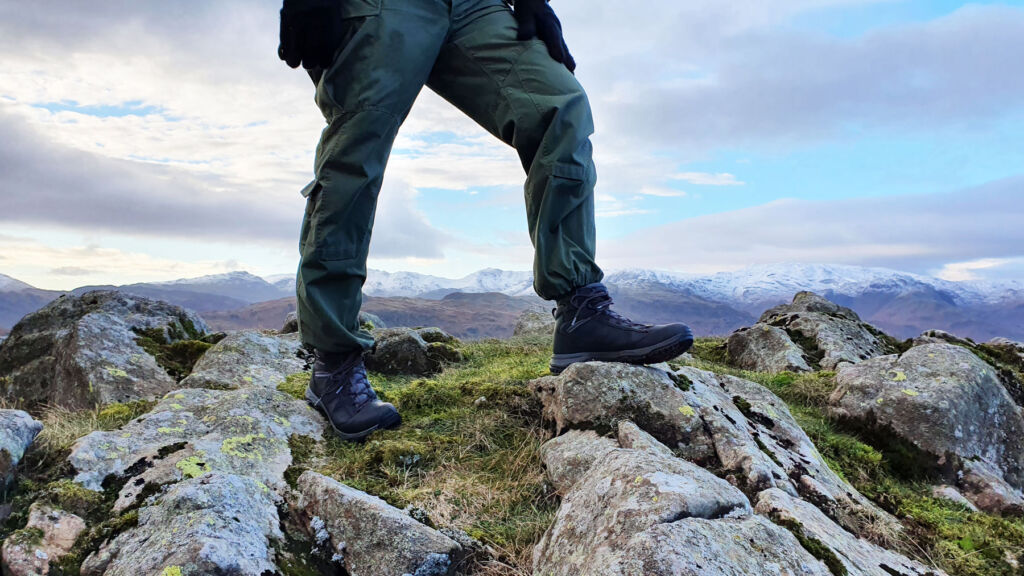
In my opinion, the most incredible luxury available to everyone is in the outdoors. On hikes and walks, I get to see the most astonishing creations freely and, whilst doing so; I’m constantly improving my physical and mental wellbeing. One essential item when undertaking a hike is proper footwear; for this feature, I will be reviewing the Berghaus Expeditor Ridge 2.0 Boots.
It was just over three months ago that my wife and I embraced the world of hiking, and it has revolutionised and reinvigorated our lives. Not a weekend goes by with us not heading out into the great outdoors, breathing fresh air, and pushing our bodies to limits that we would never have envisaged earlier in the year. To prepare for our adventures, we have gone on somewhat of a spending spree, buying Scandinavian-made outdoor clothing and multiple sets of boots, which included the Berghaus Expeditor Ridge 2.0 Boots.
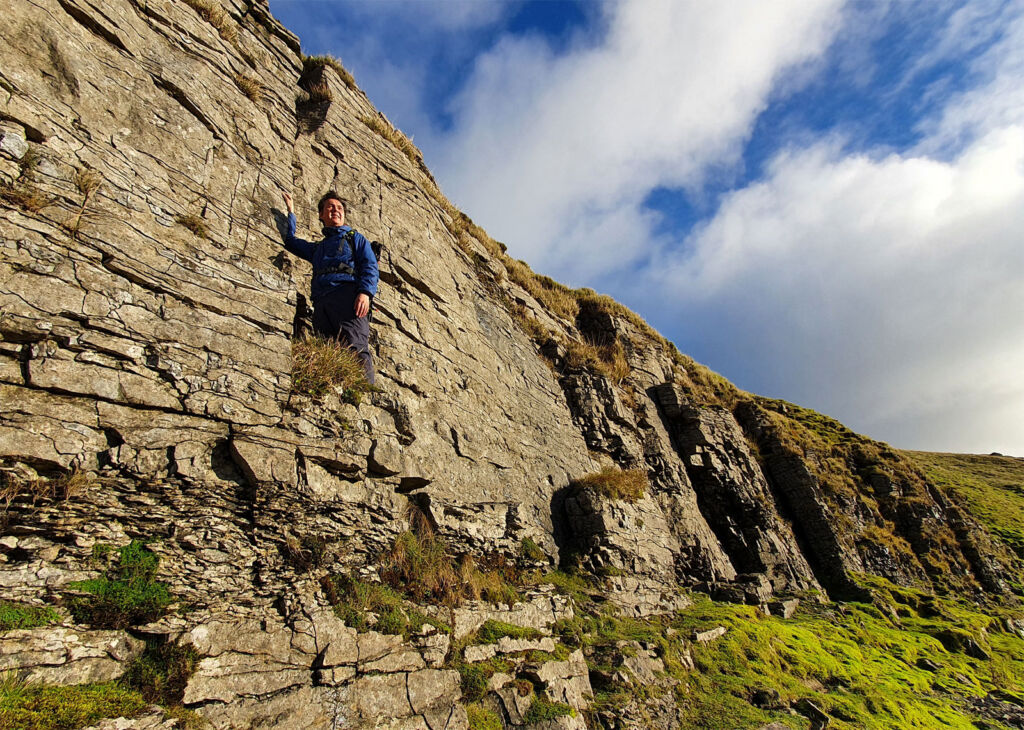
When it comes to hiking and the great outdoors, there are certain names that automatically command respect, mainly due to their longstanding fine reputations. At the top of the pile are brands such as Norrona, Patagonia, Marmot, Houdini, Arc’teryx, Haglӧfs, Fjӓllrӓven and hot on their heels is Berghaus, which is one of the reasons why I chose to review their Expeditor Ridge boots.
Boots are one of, if not the most crucial aspect of an enjoyable hike. As I’ve mentioned, I have purchased multiple pairs, and the reason for this is none have entirely made the grade. Although I have a relatively standard set of size ten feet, my toes tend to spread outwards when walking downhill, making finding comfortable boots somewhat of a hit and miss exercise.
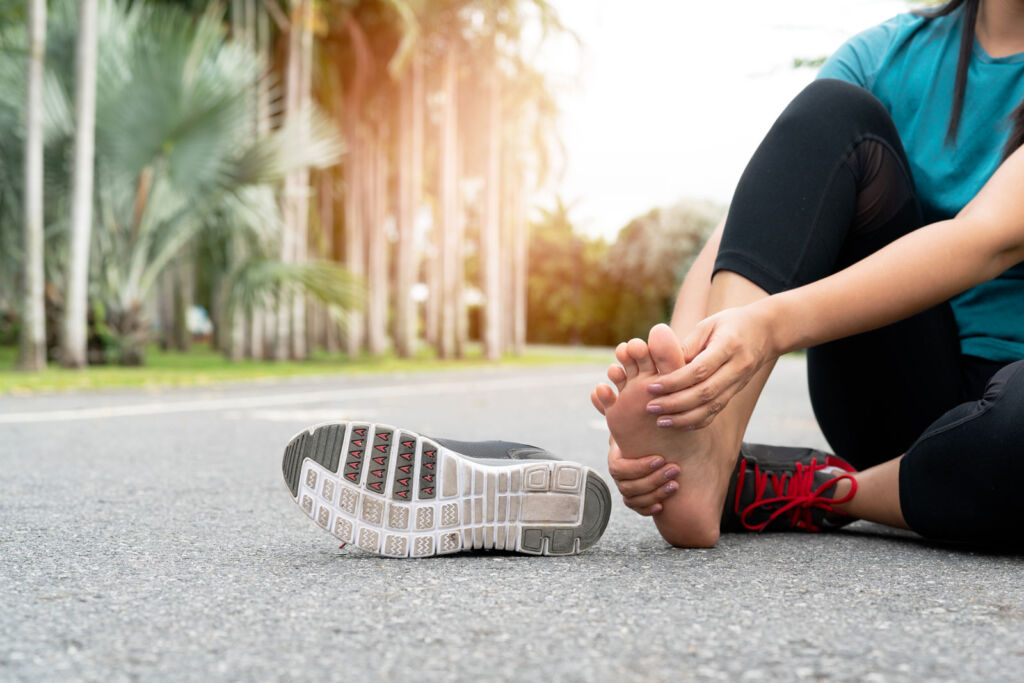
The pitfalls of buying hiking boots
Buying boots can best be described as a minefield as each manufacturer does things slightly different from the next. Although every pair of boots is made to a particular size, they all vary in some form or another. Some boots are narrower than others, some are designed with thick socks in mind, whilst others are not. And, there’s all the fancy technology that comes with high-end boots, which can be very confusing to newbies.
Technologies such as Vibram, Gore-tex, EVA-foam, I-locks and the wide variation of comfort zones makes as much sense to new hikers as Japanese writing is to the everyday person in the UK.
Although you can pop into a high-end sporting goods store and try on a pair of boots, there is no guarantee that the boots you initially tried on will still be as comfortable after a long walk.
The reason why trying on and buying a pair of boots in-store is “hit and miss” is that most people won’t enter the store wearing the same socks they’ll be using on a hike. In addition to this, there’s the problem of foot expansion. When you walk many miles on a hike, your feet tend to expand. It is one reason why many avid hikers say that you should go 1/2 or even a size larger than you usually would. However, even this isn’t an exact science.
For this review, I took a bit of a shot in the dark, buying a pair of Berghaus Expeditor Ridge 2.0 Boots online that were just half a size larger than I would usually wear.
On a typical, common-or-garden hike, I’ll wear a thick pair of Merino socks. However, if the weather is awful, I might add a pair of thin cotton socks underneath them. Currently, my go-to hiking boots are a well-worn pair of Trezeta’s with a suede leather outer. These boots are size ten and are suitable for 5-8 miles; after this, my feet expand to the point where my toes begin to get squashed and start hurting.
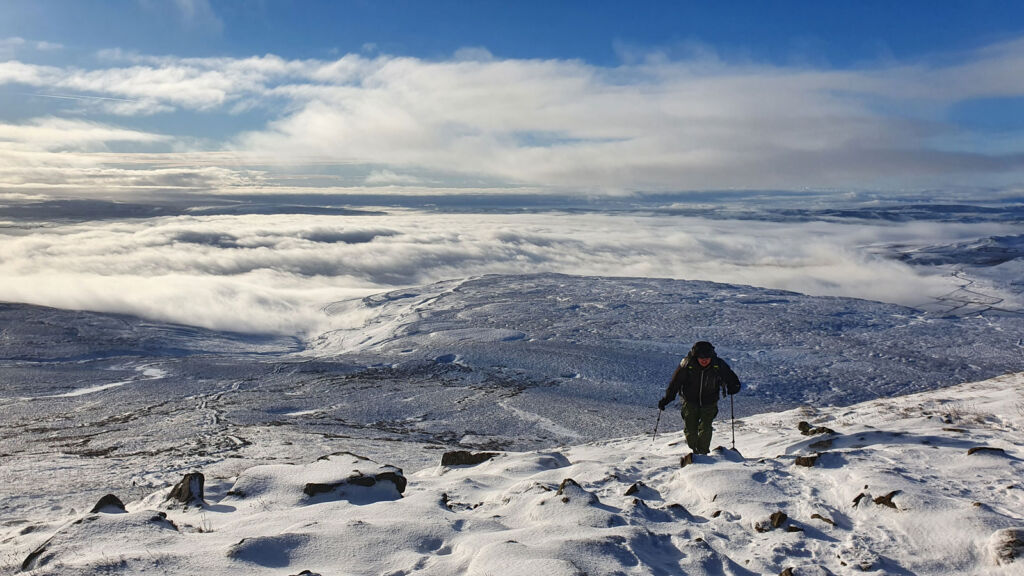
The testing locations
One of the big attractions with the Berghaus Expeditor Ridge 2.0 Boots was the reviews, with many people mentioning their roominess. I decided to put the Expeditor Ridge boots to a thorough test, heading out on two 10 miles hikes up mountains and one extreme scramble in the Lake District.
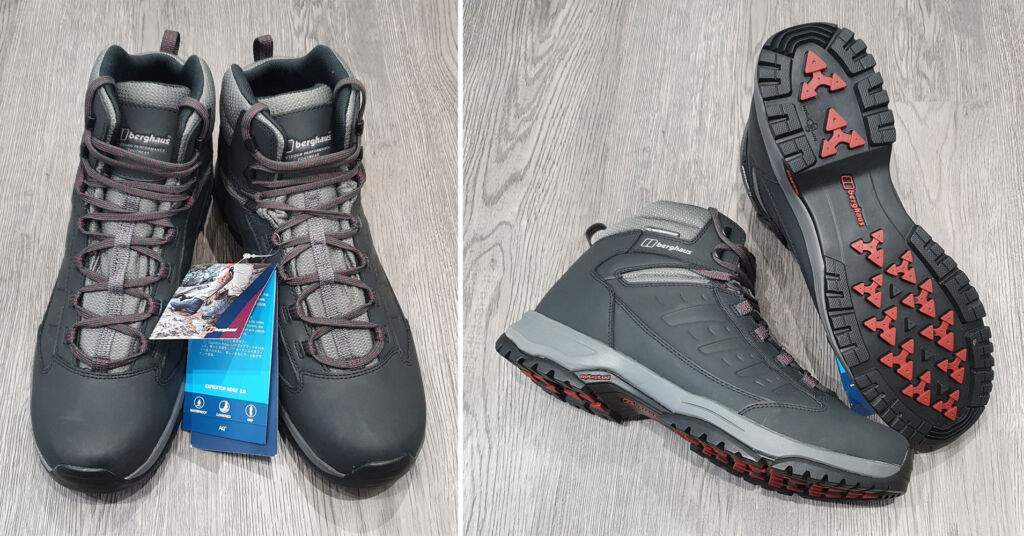
Can the boots be worn out of the box?
Many experienced walkers don’t recommend wearing boots straight out of the box. After all, getting back in bare feet is hardly ideal if you start having problems miles from your start point is. The safest and simplest way to get accustomed to new boots is on short walks so they can be ‘bedded in’, essentially providing the opportunity for the boots to mould to your feet and your feet to adjust to the boots.
After reading the reviews of the Berghaus Expeditor Ridge 2.0 Boots, I was confident enough to wear them out of a box for a ten-mile hike up Whernside, a mountain in Yorkshire, England. Although the boots initially felt stiff in places, I was able to complete the walk in them, and by the time we got back to the car, they felt far more comfortable.
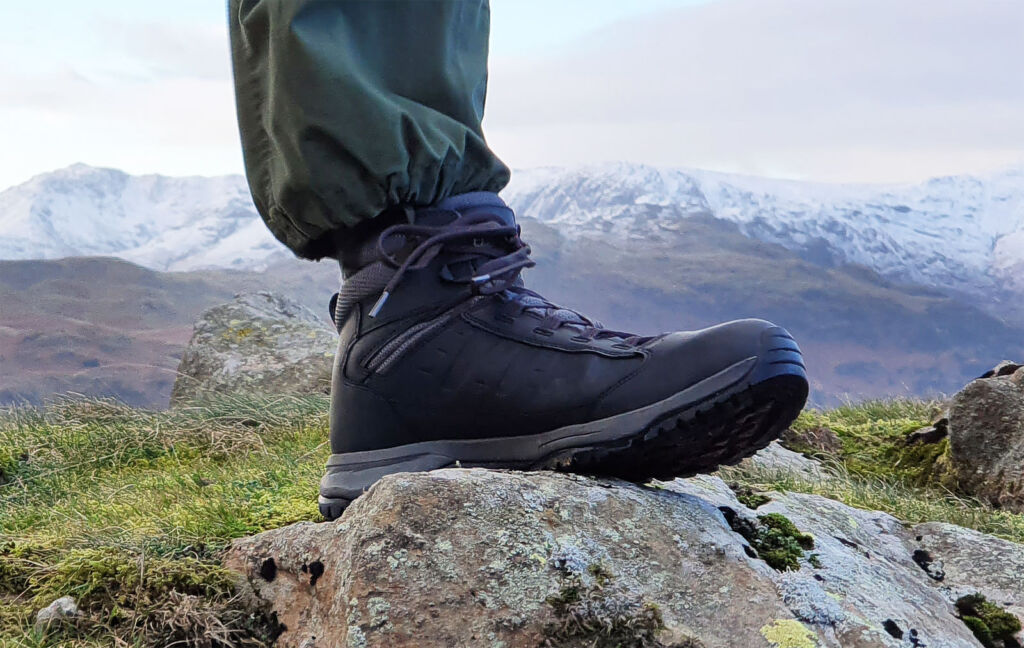
About the Berghaus Expeditor Ridge 2.0 Boots
The Berghaus Expeditor Ridge 2.0 boots claim to be all-season, and one of their major selling points is their light weight, which is 1020gms for the pair. In comparison, my Trezeta boots are over 1400gms for the pair, and although this is hardly noticeable on shorter walks, if you’re planning to do something like Yorkshire’s Three Peaks Challenge, it could make a considerable difference.
The Expeditor Ridge 2.0 boots are made with a robust leather upper and are supposed to be completely waterproof, thanks to their Gore-tex technology. Comfort comes courtesy of shock-absorbing EVA mid-soles, which provides underfoot cushioning and an OrthoLite® footbed. The boots’ soles claim to give a ‘brilliant grip’ thanks to a Berghaus innovation called OPTI-STUD®.
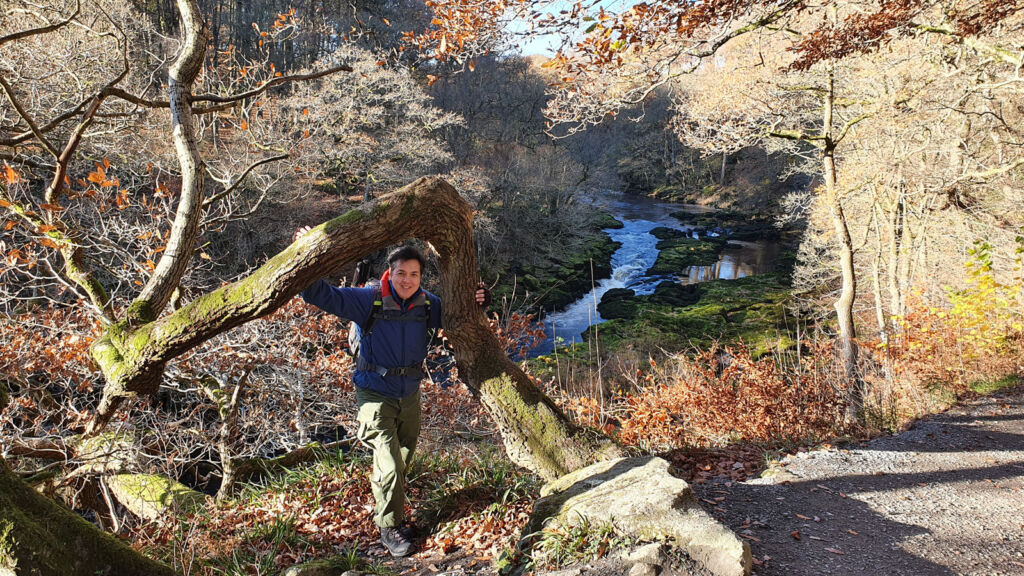
Were the boots comfortable?
The first thing to note about the Expeditor Ridge 2.0 boots is how light they feel on the feet. Anyone used to walking in leather boots will immediately notice the difference. Somewhat disappointingly, the Berghaus Expeditor Ridge 2.0 Boots had a little less padding at the top of the boot above the ankle than I was used to. I would hazard a guess that this was to assist with weight saving and didn’t instil a great deal of confidence knowing where I would be taking them.
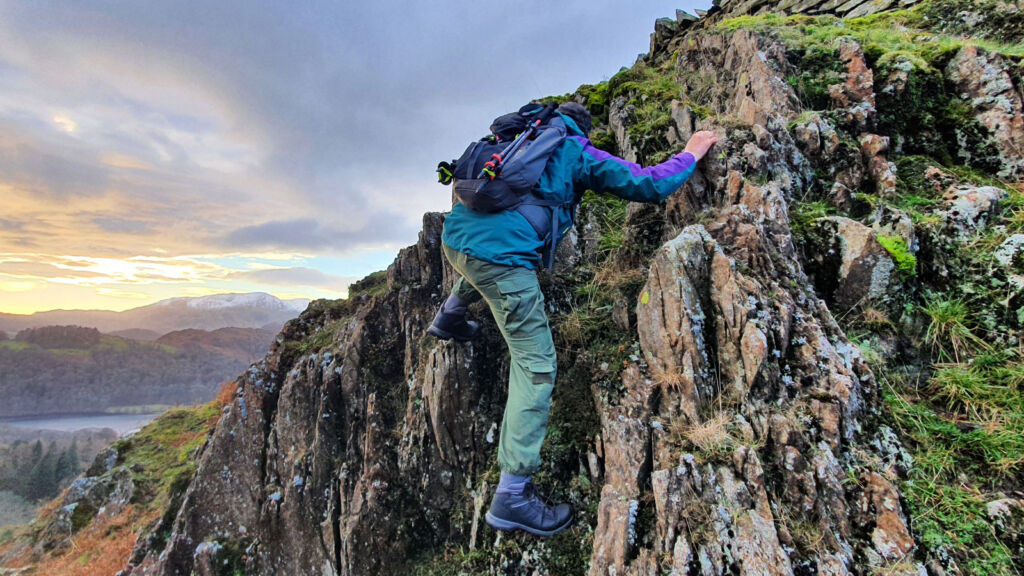
In the field
The first of the test hikes was up Whernside, which we climbed before the onslaught of Storm Darwen. For this hike, the weather was sunny’ albeit rather chilly. I wore a single pair of thick Merino socks with the boots and chose to go up the mountain anti-clockwise, which is purportedly more difficult due to the rock scrambling, but easier on the knees on the way down.
For the first couple of miles, the boots did feel stiff. However, this soon became less apparent the further I hiked. The Expeditor Ridge 2.0 boots are more flexible than I am used to, which actually was a significant benefit on the scrambles. Even in my fifties, I found myself able to stretch and find comfortable footholds.
After reaching the summit, I was faced with the descent part I was dreading. By now, my feet had expanded; however, I did not notice any pressure on my toes. I was pretty sure most of the pain would come on the way down, but I was in for a pleasant surprise. At no point on the way down did I feel uncomfortable; the design of the boots kept my feet firmly in place, and although I was quite sure my toes were spreading, the space in the toe area was more than enough to compensate for this.
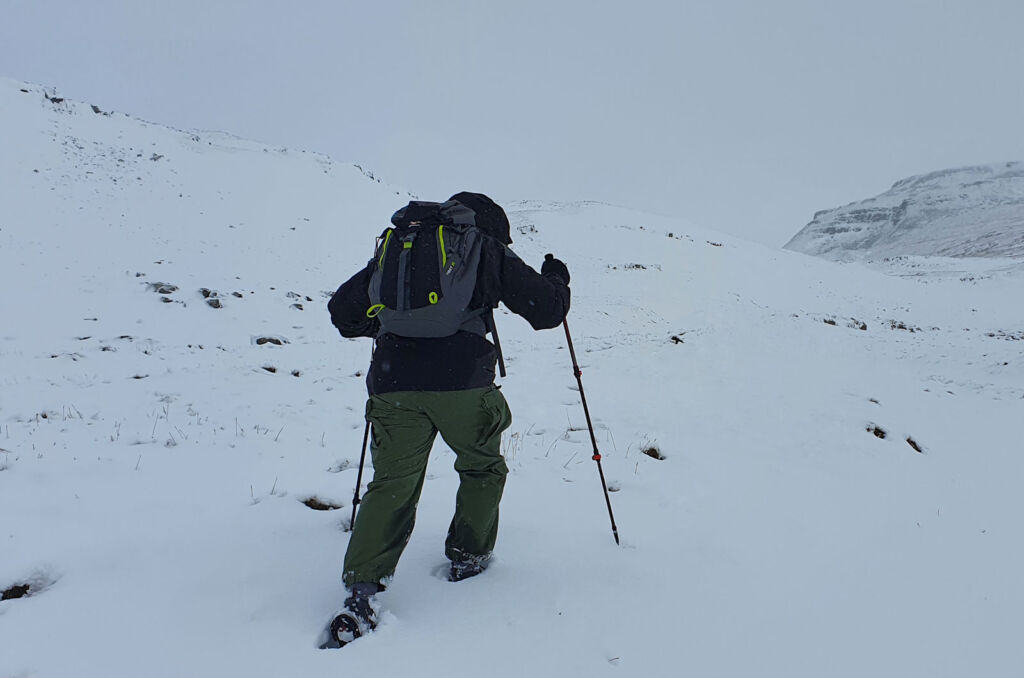
In the deep snow
The second test was another ten-mile hike up to the summit of Ingleborough, one of Yorkshire’s famed ‘three peaks’. This mini-adventure took place in entirely different weather conditions. The previous day, Storm Arwen had hit the UK and brought with it high winds and a huge amount of snow. A lot of damage was caused, and after eight nights, and at the time of writing, thousands of people are still without electricity in their homes.
A hike in these weather conditions is not something we would recommend unless you know what you are doing. My wife and I now hike 50-100 miles every month and are armed with pretty much everything we would need in our backpacks, including medical supplies, portable warming devices and high-tech equipment to request help should the need arise.
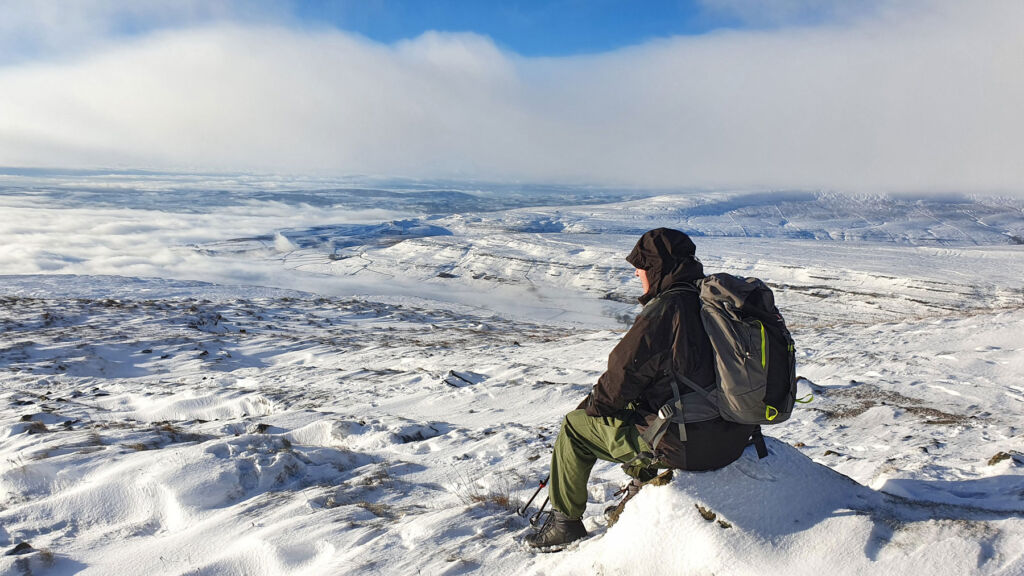
Many outdoor clothing specialists claim their products are suitable for all-weather and all-seasons, with many falling well short of the mark. Would the Berghaus Expeditor Ridge 2.0 Boots be another example of this? Facing the boots on this day was snow ranging from ankle deep to waist deep and more. For this wintery hike, I chose to wear two pairs of socks, thick Merino and a thinner cotton pair underneath.
Surprisingly, my feet remained warm throughout the day. There was no discomfort even when the Expeditor Ridge 2.0 boots were subjected to hours of walking through snow that came halfway up my shin. Although my special forces trousers were sodden, no water penetrated my boots. I even took the opportunity to stand in a freshwater mountain stream with water around 5″ deep, and again they remained utterly waterproof.
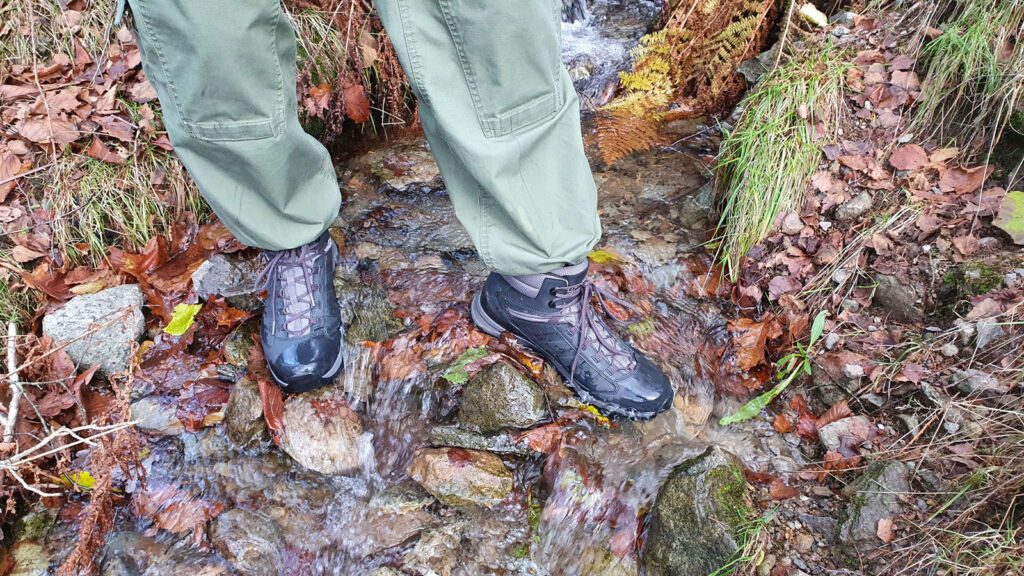
The final test was to be done in England’s Lake District. Once again, this was post Storm Darwen and showed us how powerful the winds were with beautiful centuries-old trees snapped and toppled all around us. We found walking over and under the fallen, broken trees sad and demotivating. We urgently needed to find something to reinvigorate our spirits. After a few more minutes, we came across a beautiful waterfall coming down a high steep hill. I asked my wife if she would like to get to the top and discover its origin, and she said yes.
We checked the AllTrails App, and there was no climbing route. I then went online and could find no indication of a path or any information on what we wanted to climb. The hill was steep with sheer rock faces and seemingly impenetrable brush covering it. As we’re not the type of people to shirk a challenge, we started climbing. After an hour, we could see that it turned into a snow-covered mountain that had been hidden from our viewpoint at the base.
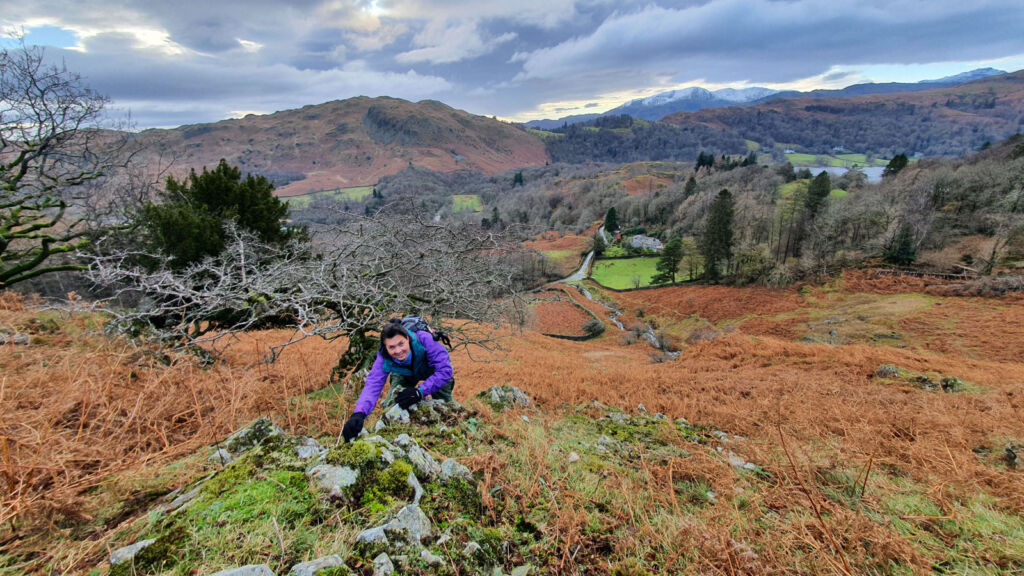
We were forced to keep climbing as we realised that we couldn’t go back down the way we came up, it was too dangerous, and we didn’t have picks etc. After another hour of climbing, we reached a peak, and the land flattened somewhat. It was very windy and cold, -6c with the wind chill, and snow was still evident even though there had been a considerable amount of rain.
On the way up and on the dry surfaces, the Expeditor Ridge 2.0 Boots were excellent, gripping all surfaces and stopping foot pain on the jagged rocks. They also did a good job of keeping my feet warm at the top.
However, the descent was to be a more challenging test as we would be coming down through the wet, steep marshy ground and slippery moss-covered rocks. The Expeditor Ridge 2.0 boots did a good job in the main, particularly in the comfort department. However, on multiple occasions, their grip failed, which did cause me to slip and, and on one occasion, land bottom first into a hidden stream.
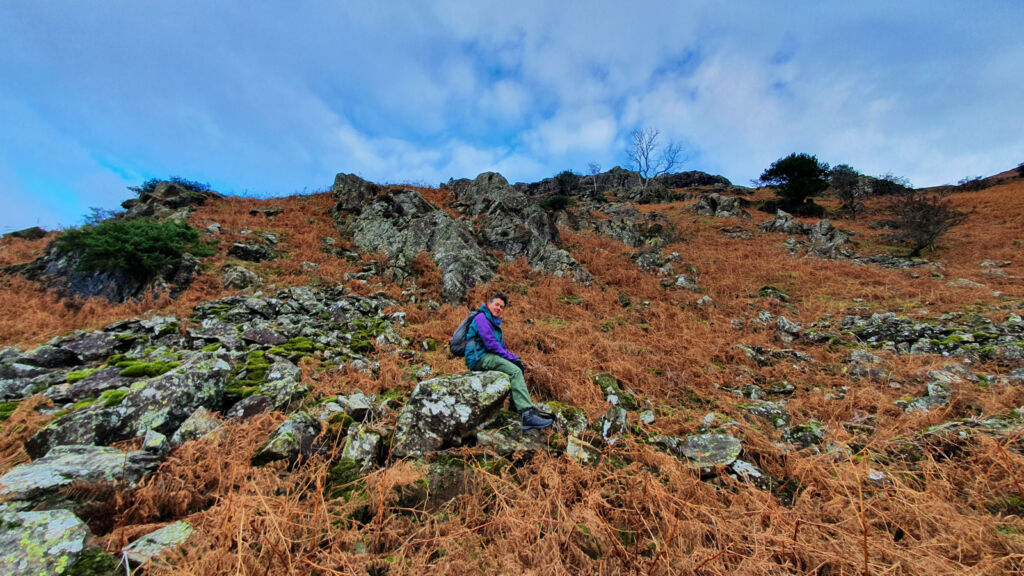
Overall, the boots did a sterling job on the three tests. However, they don’t get top marks across the board. My minor gripe with the Expeditor Ridge 2.0 Boots relates to their OPTI-STUD® soles and their self-proclaimed ‘great’ grip. On the wet ground, snow-covered rocks and hard snow surfaces, I found them to be no better than any other boots I’ve tried, with them frequently slipping and sliding.
That slight grumble aside, the Expeditor Ridge 2.0 boots’ clever design meant I didn’t notice any pain whilst ascending and descending, and the big bonus was that my feet remained warm and dry throughout the somewhat extreme hikes, and this included me taking the opportunity to walk through every mountain stream I came across.
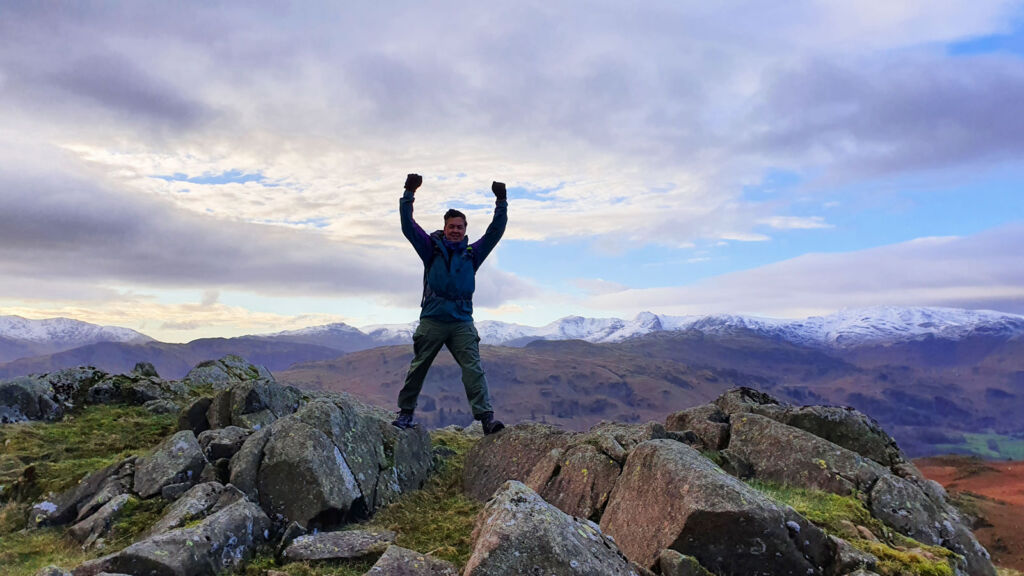
Would I recommend them?
The Berghaus Expeditor Ridge 2.0 are excellent all-season boots. Their lightweight and flexibility make them very comfortable. In addition to this, their well-thought-out design makes them kind on the toes. Currently, they are my new preferred boots for hiking and even after the battering they’ve taken over the past couple of weeks, their soles still look as good as when they came out of the box.
Berghaus Expeditor Ridge 2.0 Boots – Where and how?
The Expeditor Ridge 2.0 boots are available to order in brown and grey colours from www.berghaus.com and are available in sizes from 7 to 12 for men. For women, the sizing ranges from 4 to 8, and there are half sizes available in both collections.
Hiking photographs ©Natasha Godbold.
Read other sports-related features, guides and reviews here.
![]()




You must be logged in to post a comment.